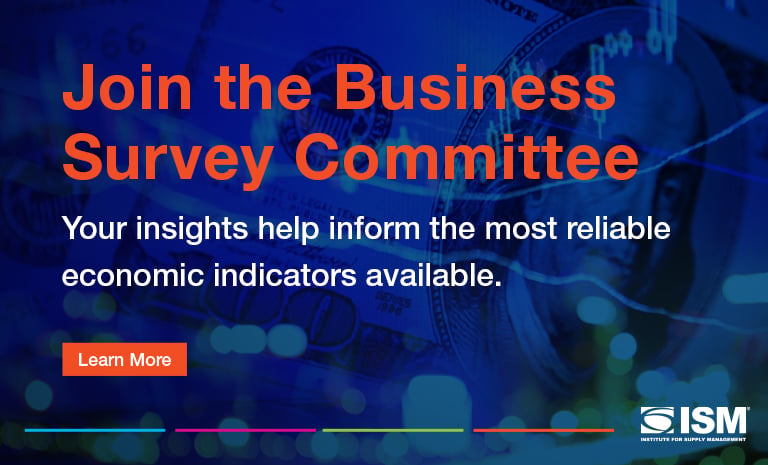The Monthly Metric: Level of Integration Between Procurement Applications

Last month, this space discussed how procurement can expand its influence during the coronavirus (COVID-19) pandemic by helping ensure business continuity through sourcing critical supplies and managing costs.
Even before the pandemic, supply managers realized they no longer could operate in silos, and that a transformation involving technology, processes and personnel is critical to providing a seamless experience for customers and stakeholders while aligning with overall business strategies. A key strategy is integration of procurement applications — including financials, inventory management, human capital, risk management, customer and stakeholder relationships and other business dynamics that The Monthly Metric has covered.
Chris Sawchuk, principal and global procurement advisory practice leader for The Hackett Group, a Miami-based business consultancy, says that even as technologies advance and COVID-19 has brought new attention to the procurement function, integration hurdles remain. “Integration is something you see a lot of platform providers courting, but when you talk to (practitioners) on the ground, it’s not always as pretty of a picture,” he says.
Meaning of the Metric
For its 2019 report World Class Procurement: Redefining Performance in a Digital Era, The Hackett Group found that among “world-class” procurement organizations, 67 percent had a high degree of integration between procurement applications, with the other 33 percent at a medium level. Among peer companies, 20 percent indicated their integration levels were high, and 29 percent medium, with more than half (51 percent) reporting a low level or none.
(The Hackett Group defines world-class organizations as those in the “top quartile of performance in operational efficiency and effectiveness process metrics.”)
Sawchuk, one of the report’s authors, calls level of procurement integration a “practice measure” that is determined by performance in multiple processes. A low level of integration indicated that the company, he says, “needs somebody to do a deep dive and do a consulting project to really look at that integration of (processes). A lot of times, it’s all about data — getting it where it’s needed and at the right time. That’s really the purpose of this measure.”
According to The Hackett Group report, a barometer of good procurement integration is the percentage of transactions in the RFX toolbox that are conducted digitally. At world-class organizations, the report states, 69 percent of RFP, RFQ and RFI are created, distributed and received electronically, compared to 35 percent at peer companies. “(W)orld-class organizations have recognized the importance of technology enablement and ease of use for end users and are switching gears quickly,” the report states.
Integration Hurdles
While the cost of implementing such technologies as robotic process automation (RPA), ERP platforms, e-procurement systems and risk-management intelligence has been an integration impediment, Sawchuk says executive resistance has lessened. “No doubt, funding has been an issue over the years,” he says. “(The technology) gets evaluated by the CFO and based on the ROI, it becomes a ‘let’s look at it again next year’ situation. I’m finding that’s changing; there’s much more visibility into this area than there has been in the past.”
However, Sawchuk says, some procurement organizations are resistant to change, or their employees lack the skills to integrate processes. “We’ve asked companies a lot of questions about hurdles, and there’s a lot of talk about digital transformation, but there’s a transformation that needs to happen beyond technology,” he says. “Sometimes, that resistance is within the four walls of the procurement organization.”
Bryan Fuller, Executive Director at CAPS Research, the Tempe, Arizona-based organization in strategic partnership with Institute for Supply Management® (ISM®) and Arizona State University, concurs that procurement organizations must have the right culture and skill sets to make a digital transformation. “You can’t do spend analytics if your spend data isn’t organized, and you can’t move to blockchain if you don’t have your contracts organized,” Fuller told Supply Chain Dive.
The Objective: Service Design
Procurement integration goes beyond raising efficiencies. As the function raises its level of influence in a company and interacts with more stakeholders, providing a good experience becomes paramount. So, processes should be designed from the perspective of the customer, Sawchuk says. “That means making sure it’s not only more efficient, but that it provides a good experience with those that engaged in that process,” he says. “So, that means bringing in the stakeholder to help with the design versus just designing a process in and of itself.”
A good service-design barometer, the report states, is the degree of procurement strategy alignment with overall business strategy. According to The Hackett Group research, 75 percent of world-class procurement organizations have a high level of alignment, compared to 40 percent among the peer group. And few supply managers can align with overall company goals without a good understanding of the needs of internal stakeholders.
As Sawchuk has told The Monthly Metric multiple times: “I have never seen CPOs removed from their positions for not meeting their savings targets, but I have seen CPOs removed for not aligning themselves effectively with the business. That’s the kiss of death.”
During a global health crisis, it’s rarely been more critical for procurement to help sustain the overall health of a business. The function’s efficacy in this endeavor is, in big part, a product of the level of integration between procurement applications.
To suggest a metric to be covered in the future, email me at dzeiger@ismworld.org.

